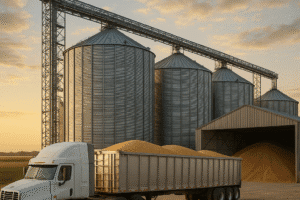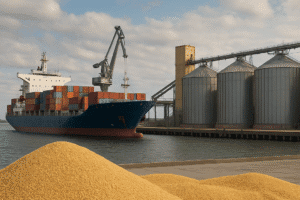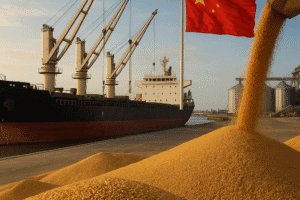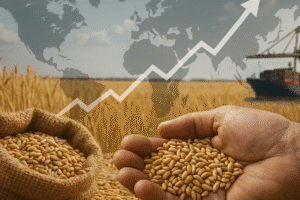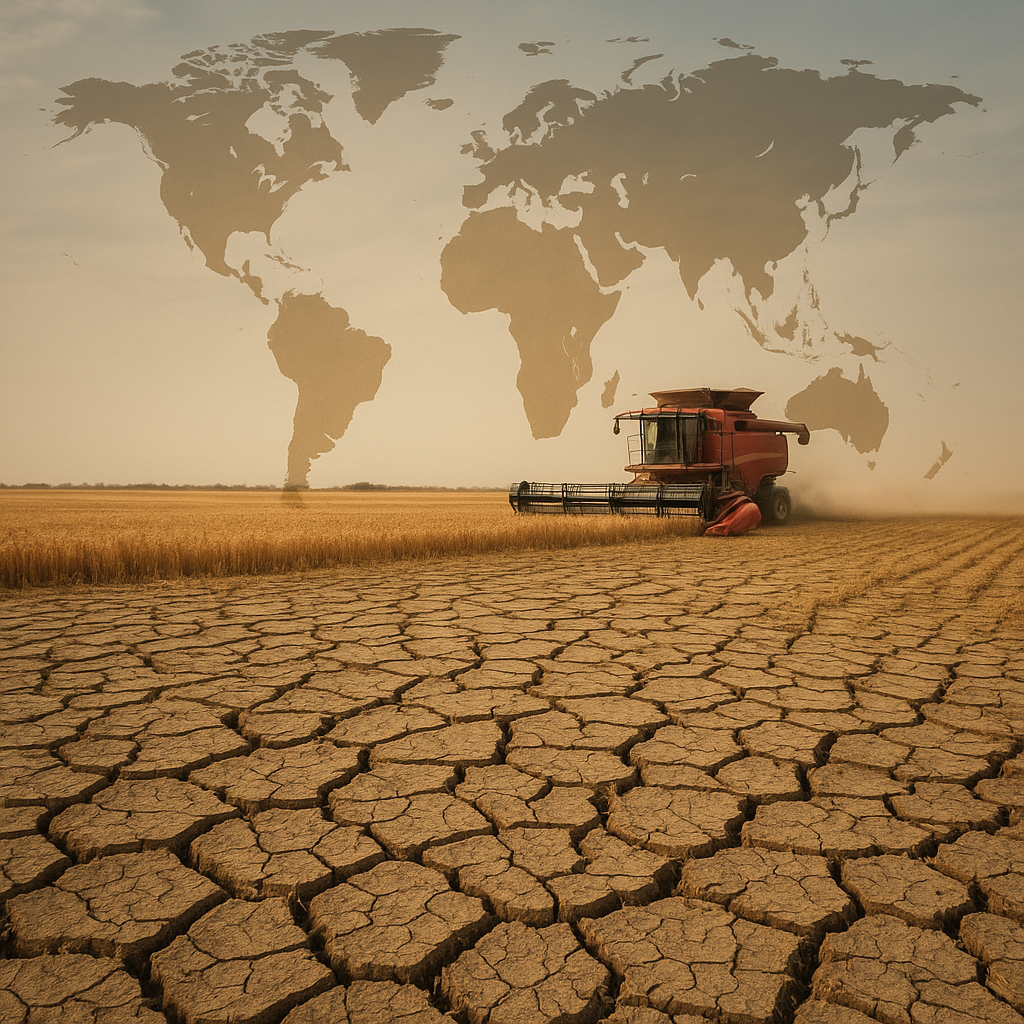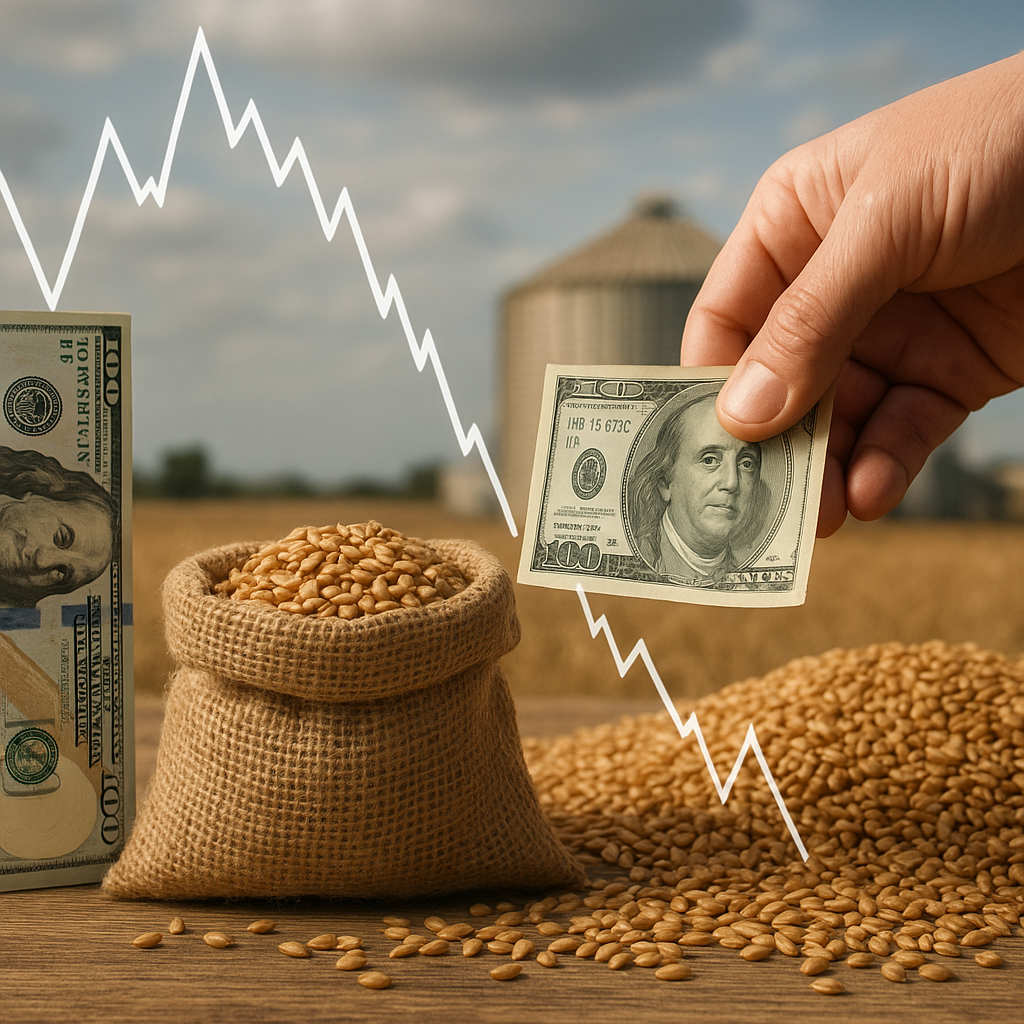Grain export tariffs play a crucial role in shaping the global agricultural landscape, influencing trade dynamics, food security, and economic stability. These tariffs, imposed by governments on the export of grains, can have far-reaching effects on both exporting and importing countries. Understanding the implications of these tariffs is essential for stakeholders in the agricultural sector, policymakers, and consumers alike. This article delves into the complexities of grain export tariffs, examining their impact on various players in the market and the broader economic consequences.
Understanding Grain Export Tariffs
Grain export tariffs are taxes levied by governments on the sale of grain products to foreign markets. These tariffs can be implemented for various reasons, including protecting domestic industries, stabilizing local food prices, and generating revenue for the government. The rates and structures of these tariffs can vary significantly from one country to another, influenced by factors such as domestic agricultural policies, international trade agreements, and global market conditions.
One of the primary objectives of imposing export tariffs is to ensure food security within a country. By making it more expensive to export grains, governments can encourage local consumption and maintain stable prices for their citizens. This is particularly important in countries that rely heavily on grain imports or where food prices are volatile. However, while these tariffs may benefit domestic consumers in the short term, they can also lead to unintended consequences in the global market.
The Economic Rationale Behind Export Tariffs
Export tariffs can serve multiple economic purposes. For instance, they can help protect nascent agricultural industries in developing countries by making it more challenging for foreign competitors to dominate the market. By imposing tariffs, governments can create a more favorable environment for local farmers, allowing them to establish themselves and grow their businesses.
Additionally, export tariffs can be a tool for revenue generation. Governments can use the funds collected from these tariffs to invest in infrastructure, education, and other essential services. This is particularly relevant in countries where agricultural exports constitute a significant portion of the economy. However, the effectiveness of this strategy depends on how the revenue is utilized and whether it leads to sustainable economic growth.
Winners and Losers in the Grain Export Tariff Landscape
The implementation of grain export tariffs creates a complex web of winners and losers, both domestically and internationally. Understanding these dynamics is crucial for assessing the overall impact of such policies.
Winners: Domestic Producers and Governments
One of the most apparent beneficiaries of grain export tariffs is domestic producers. By limiting the amount of grain that can be exported, these tariffs can help stabilize local prices, ensuring that farmers receive a fair return for their products. This is particularly important in countries where agricultural production is a significant part of the economy. Farmers can benefit from reduced competition from foreign markets, allowing them to sell their goods at more favorable prices.
Governments also stand to gain from export tariffs, as they can generate revenue that can be reinvested into the agricultural sector or other areas of the economy. This revenue can be crucial for funding programs that support farmers, improve agricultural practices, and enhance food security. In this sense, export tariffs can be seen as a tool for promoting national interests and ensuring the stability of the agricultural sector.
Losers: Consumers and Importing Countries
While domestic producers and governments may benefit from grain export tariffs, consumers often bear the brunt of these policies. Higher prices for grains can lead to increased costs for food products, impacting household budgets and overall food security. In countries where grains are a staple part of the diet, such as rice or wheat, this can have severe consequences for low-income families who may struggle to afford basic necessities.
Moreover, importing countries can also be adversely affected by grain export tariffs. When a major grain exporter imposes tariffs, it can lead to supply shortages and increased prices in the global market. This can create a ripple effect, impacting food prices and availability in countries that rely on imports to meet their food needs. In some cases, this can lead to political instability and social unrest, particularly in regions where food security is already a pressing issue.
The Global Impact of Grain Export Tariffs
The implications of grain export tariffs extend beyond national borders, influencing global trade dynamics and relationships between countries. As nations navigate the complexities of agricultural trade, the interplay between tariffs, supply chains, and market access becomes increasingly significant.
Trade Relations and Diplomacy
Grain export tariffs can strain trade relations between countries, particularly when one nation perceives another’s tariffs as unfair or protectionist. Disputes over agricultural trade can escalate into broader trade conflicts, impacting not only grains but also other sectors of the economy. Countries may retaliate by imposing their own tariffs, leading to a cycle of escalation that can harm both parties involved.
In this context, diplomacy plays a crucial role in mitigating tensions and finding common ground. International organizations, such as the World Trade Organization (WTO), often facilitate discussions and negotiations aimed at resolving trade disputes. However, achieving consensus can be challenging, particularly when national interests are at stake.
Long-Term Consequences for Food Security
The long-term consequences of grain export tariffs on global food security are complex and multifaceted. While these tariffs may provide short-term relief for domestic producers and consumers, they can also lead to inefficiencies in the global market. Over time, this can result in reduced investment in agricultural innovation and infrastructure, ultimately hindering productivity and food availability.
Furthermore, as climate change continues to impact agricultural production, the need for a resilient and efficient global food system becomes increasingly urgent. Export tariffs that disrupt trade flows can exacerbate vulnerabilities in the food supply chain, making it more challenging to respond to crises such as droughts, floods, or geopolitical conflicts.
Conclusion: Navigating the Future of Grain Export Tariffs
Grain export tariffs are a double-edged sword, offering both benefits and drawbacks for various stakeholders in the agricultural sector. As countries grapple with the complexities of trade, food security, and economic stability, the challenge lies in finding a balance that supports domestic producers while ensuring access to affordable food for consumers.
Moving forward, it is essential for policymakers to consider the broader implications of export tariffs on global trade dynamics and food security. Collaborative approaches that prioritize sustainable agricultural practices, investment in innovation, and equitable trade relations can help create a more resilient food system that benefits all stakeholders. By navigating the complexities of grain export tariffs with foresight and cooperation, countries can work towards a future where food security is prioritized, and agricultural markets thrive.
